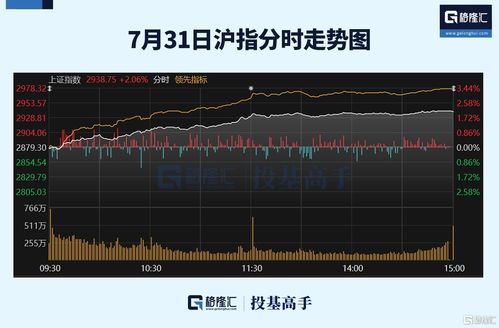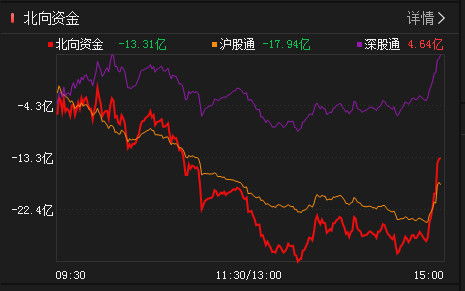环卫工手表
Title: The Role of Smart Watches in Environmental Sanitation
Introduction:
With the increasing emphasis on environmental conservation and sustainability, various innovations have emerged to address the challenges faced by the waste management industry. One of these promising innovations is the integration of smart technology in the form of smart watches. In this essay, we will explore how smart watches can revolutionize the field of environmental sanitation.
1. Enhancing Communication and Coordination:
Smart watches can act as a realtime communication tool, connecting environmental sanitation workers with their supervisors and team members. Through instant messaging or voice calls, workers can quickly report any issues, seek guidance, or request assistance. This streamlined communication allows for better coordination between teams, leading to improved efficiency in waste management operations.

2. Monitoring Waste Management Processes:
Smart watches equipped with various sensors can monitor waste management processes, providing valuable data for analysis and optimization. For example, temperature and humidity sensors can detect potential odor or pest issues, allowing workers to intervene proactively. Additionally, GPS tracking can help supervisors track and monitor the progress of sanitation workers, ensuring they are covering the designated areas efficiently.
3. Health and Safety Features:
Environmental sanitation work often involves exposure to hazardous substances and physical strain. Smart watches can incorporate health monitoring features, such as heart rate monitoring, to ensure the wellbeing of workers. By continuously monitoring vital signs, these devices can detect any abnormalities and alert workers to take necessary precautions or seek medical attention promptly.
4. Time and Task Management:
Efficient time and task management are crucial in environmental sanitation work. Smart watches equipped with task management applications can help workers prioritize their tasks, set reminders, and track their progress. This ensures that essential tasks are completed on time, improving overall waste management efficiency.
5. Data Collection and Analysis:
Smart watches have the potential to collect and analyze vast amounts of data related to waste management. By leveraging data analytics tools, environmental sanitation departments can gain valuable insights into patterns of waste generation, collection frequencies, and potential areas for improvement. This datadriven approach can lead to more effective resource allocation, route optimization, and waste reduction strategies.
Conclusion:
The integration of smart watches in environmental sanitation can bring about immense benefits for both workers and the efficiency of waste management operations. From enhancing communication and coordination to monitoring waste management processes, these devices have the potential to revolutionize the industry. By embracing this technological innovation, we can create a more sustainable and efficient waste management system for a cleaner and healthier environment.











